
Phillip was kind enough to ask me to write a review of one of my favorite lenses: The Leica R Apo-Elmarit 180mm/F2.8 E67.
I love this lens because it is optically excellent from wide open, lacks field curvature, has pleasing rendering, is well corrected, is small enough to comfortably hand hold, and is bright enough at F2.8 to use even in less than optimal light. I use this lens on Sony because there is no comparable native lens available.
It has been called the world’s best medium telephoto lens. While I cannot confirm or deny this claim, it is indeed a very fine optic in my experience. As will be seen below, it has many virtues and few weaknesses.
Sample Images
Images shown in this review can be found here in higher resolution.
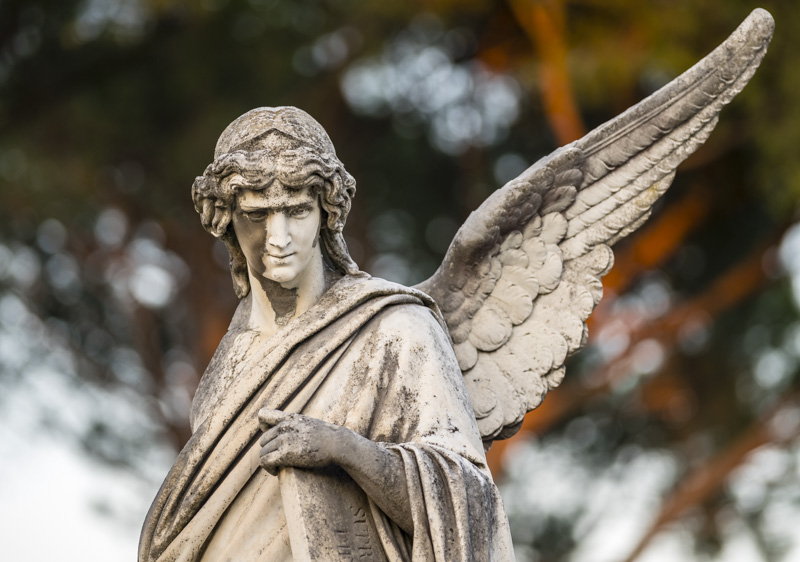
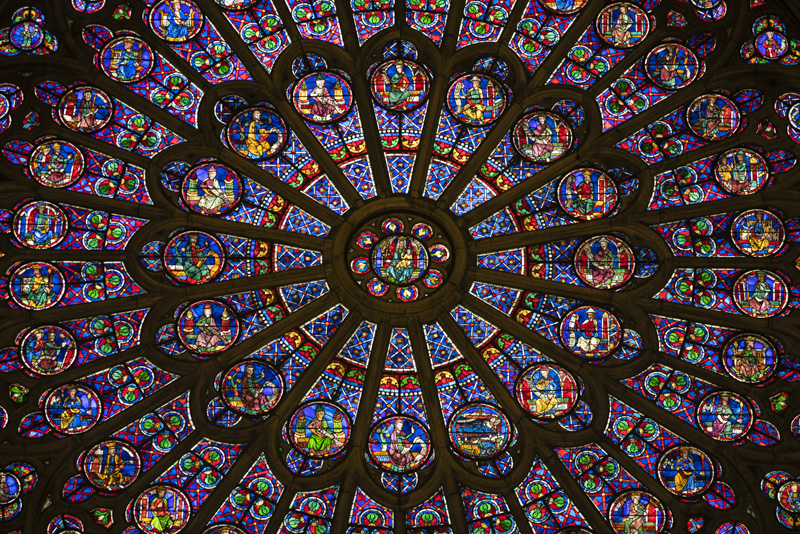
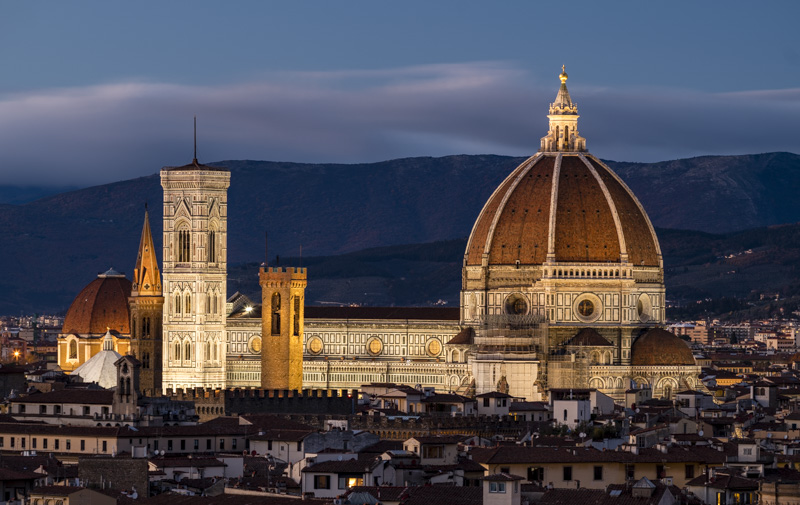
Specifications
| Diameter | 76mm |
| Length | 132mm |
| Filter Thread | 67 mm |
| Weight | 970 g |
| Max. Magnification | 1:7 |
| Close Focusing Distance from the sensor | 1.5 m |
| Number of aperture blades | 8 |
| Elements/ Groups | 7/5 |
Handling
Physically, the lens is quite compact for its focal length by modern standards. It has a 67mm filter thread and is only about 5.2” in length (132mm). However, it is fairly dense weighing in at 970g (34.2 oz.) without adapters. Its lens hood is attached, telescopes out, and works smoothly. There is a traditional aperture ring from F2.8 to F22 and the focus knob has excellent texture and rotates smoothly. Construction quality is top flight.
I use the Leica 2.8/180 APO on Sony mirrorless bodies (A7rii and A7riii) with a Novoflex adapter. While perhaps not strictly necessary, I use the ASTAT-NEX tripod collar to mount it to a tripod (as seen above). The Techart Pro autofocus adapter works with good results (using a Leica R to M adapter and the TAP to the Sony body). Naturally, adapters increase the size and weight of the lens, albeit not by very much.
The lens can easily be hand held on a Sony body where the IBIS allows the use of slower shutter speeds and easier focusing. As you can see in the picture below, the Leica larger than the Loxia 85/2.4, smaller than the Contax VS 100-300 and considerably smaller and lighter than its sister lens, the Leica R 280/4 Apo-Telyt.
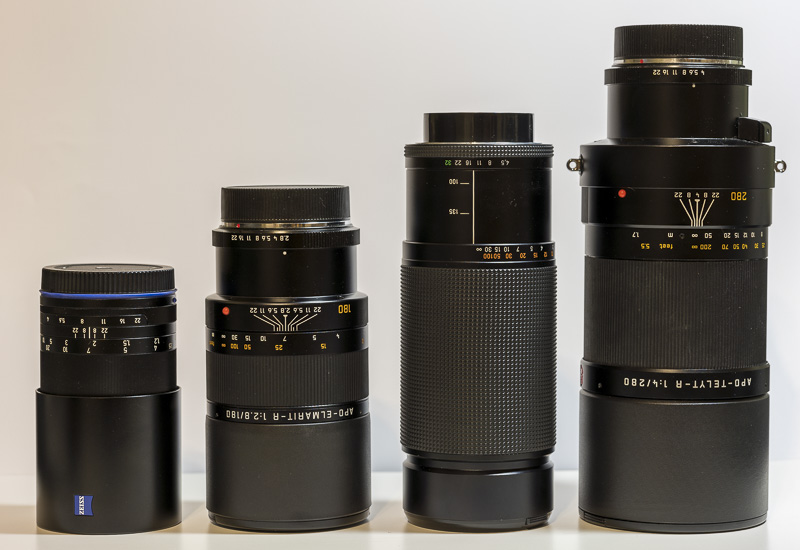
In fairness, the Zeiss 100-300 is shown zoomed out to 180mm. When at 100mm, the Zeiss is only slightly longer than the Leica R 180/2.8.
The Leica is an internal focusing lens so its size does not change nor does the filter thread rotate. It is smaller though slightly heavier than the Sony G FE 70-200/4 (which has a 72mm filter thread). It is much smaller and lighter than the Sony GM 70-200/2.8, which is about 2.5” longer, a pound heavier, and has a 77mm filter thread (the same as the Leica 280/4 at right in the picture above). All in all, the Leica 180/2.8 APO is quite small for its focal length and aperture.
Focusing
Given its bright aperture and high performance from wide open, the lens is easy to focus using focus peaking and magnification on my Sony bodies. It is much easier to focus than, for example, the Zeiss 100-300 especially in dim light conditions. The lens focuses internally and the focus throw is generous at a little over 270 degrees from minimum focusing distance to infinity.
Versions
Leica produced this lens from 1997 until 2005. There were around 1,900 lenses made in total. The Wiki lists the Leica lens model number as 11357, however, that model number is only correct for the last 400 produced. The first 1,500 lenses made carry the model number 11273.
The two different model numbers are properly described as two different variants as, by all accounts, the optics are identical. There are two differences between the model #11273 and the later #11357. The first difference is that older version can only accept the Leica 2x Apo extender. Model #11357 can accept both the 2x and the 1.4x extenders thus providing the later variant with more flexibility of use. While Leica for a time offered a service whereby the early models could be converted to accept the 1.4x extender, that service is no longer offered but you might find modified copies.
The other difference between the two variants relates to bokeh. Both variants have eight aperture blades but the blades are curved in the later variant and produce fairly round highlights when stopped down (see examples, below). Model #11273 has a different configuration that sometimes produces what is sometimes called “ninja star” bokeh in out of focus highlights when the lens is stopped down. Wayne Seltzer was kind enough to provide samples (see below). Unfortunately, with only about 400 of the model #11357 produced, this later variant is rare and commands a premium price.
The Leica WIKI page for this lens is the source of some of my information
Optical Performance
While MTF graphs from Leica may not be measured (as Zeiss’ MTF graphs are), most commentators find Leica’s MTF graphs more reliable than most other manufacturers and thus it is worth examining what Leica’s published MTF graphs reveal about lens performance.
The MTF graphs published by Leica show the lens to be at an extremely high level of performance right from F2.8. Indeed it seems to in some ways better at F2.8 than at F5.6.
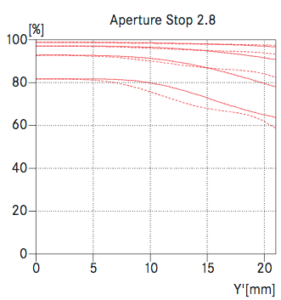
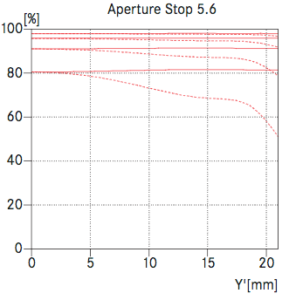
I personally never use the lens beyond F5.6 unless necessary. While experience has shown me there is some advantage to F4 and even F5.6 over F2.8, from my experience and the MTF, this is a lens one can use with confidence right from wide open.
The lens mates with the Leica 1.4x (later variant) and 2x (both variants) Leica Apo extenders. There is almost no discernible loss of sharpness using the 1.4x extender (see below) and only a slight loss using the 2x extender though there is of course the loss of 1 and 2 stops of light, respectively.
INFINITY SHARPNESS TESTING
I like to test lenses for sharpness at infinity. Unfortunately, the only lens I own currently that overlaps the same focal length is the slower Contax Zeiss VS 100-300 F4.5 lens. The Zeiss is an excellent optic—very highly regarded even with modern sensors–and is natively extraordinarily high in contrast with fine rendering for landscapes. The Zeiss VS 100-300 seems quite comparable to the new GM 100-400 at 100mm-200mm from the testing I have seen online.
I have previously compared the Leica to the Sony FE 70-200/4. I found the FE 70-200 at 180mm to be very good—certainly competitive with the Leica in the center of the frame. However, it did not compare well with the Leica away from center.
Centering Test
Before beginning to test the scene, I decided to test both lenses to see whether they were well centered. To that end, I put a distant object in the corner of the lens wide open, focused carefully, and then placed the same object in each corner without refocusing. Both lenses are well centered at 180mm. Centering crops and most sample images here (at larger size) can be found here.
Infinity Crops
Here is the scene I chose to compare the lenses at infinity. Focus was on center at the most distant building.
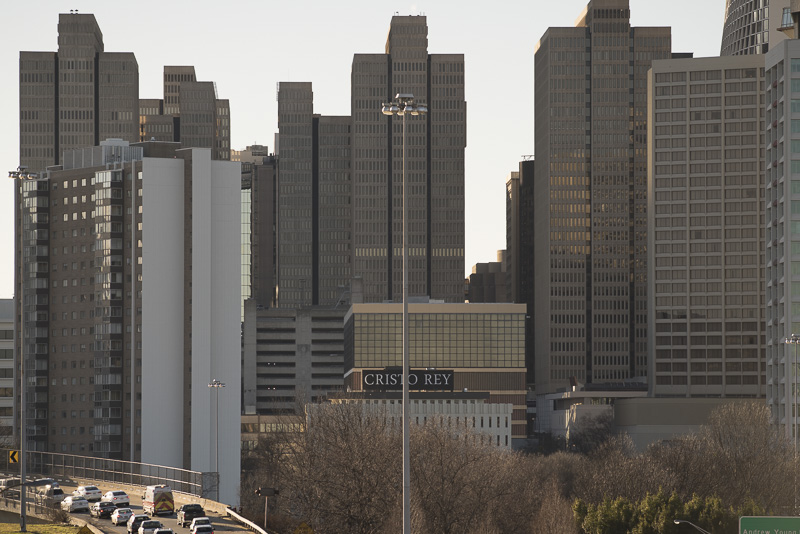
Proceeding to the individual crops, I am comparing two for each lens: F2.8 and F5.6 for the Leica, and F4.5 and F5.6 for the Zeiss (F8 was no better for either lens). Starting with the center crops. Here is Leica at F2.8 and Zeiss at F4.5. All crops are unprocessed other than color temperature correction.
Here is Leica and Zeiss at F5.6 on center:
On center, the lenses are about equal in detail to my eyes. There is slightly higher natural contrast in the Zeiss lens (one of the highest contrast lenses I know). That they are equal in detail on center is no surprise. The Zeiss is a great lens, and the center will be where it is strongest.
Moving to the left edge crops starting with F2.8 and F4.5, Leica on top:
And here at F5.6:
In the edge crops the sharpness in the first pair is very close indeed tho the street light is obviously a victim to the smaller depth of field in the Leica at F2.8. What is more significant is the greater amount of lateral chromatic aberration in the Zeiss image with notable purple fringing along the building edge and light post. The Leica has much less even at F2.8. In the second pair, at F5.6, the Leica pulls noticeably ahead in fine detail (as it also does at F4) and the Zeiss is still showing much more LCA in the image.
Finally, we have the extreme upper right corner crops starting again with both wide open and the Leica on top:
And the F5.6 pair:
Even a casual look at the extreme corner crops shows a win for the Leica. At F2.8 the Leica has greater clarity and resolves more detail than the Zeiss at any aperture. At F5.6, the difference is greater. While both lenses perform very well in this test, the Leica is equal or better everywhere in the frame at resolving detail and is superior at avoiding CA and this is true even ceding more than a 1 stop advantage to the Zeiss.
CLOSE RANGE SHARPNESS TESTING
I have read discussions on the web where individuals have stated that they doubted the Leica R 180/2.8 apo could compete against modern lenses. I tried to find a test where I could see how close the Leica could come to the best modern glass I own and decided the only way I could do such a test (lacking longer modern glass) was to do a short range test.
Here I used a Turkish rug as a test subject. It has 14 knots per linear centimeter. The rug is about .8 square meter in size and works pretty well as a target with which I can fill the frame. Therefore, I took three lenses—a Zeiss Loxia 50/2, a Voigtlander 65/2 apo-lanthar, and the Leica R 180/2.8 apo and shot each one in turn. I did two tries with each lens and took the better focused result. As in the infinity test, I focused on center at maximum aperture and did not refocus as I stopped down as these lenses do not suffer from focus shift of any significance in my experience. Having said this, the Loxia may suffer from some field curvature that may exacerbate its weakness at large apertures in the corner crops below.
For brevity, I will show only the crops from F 2.8 and F5.6. Here is the rug (processed):
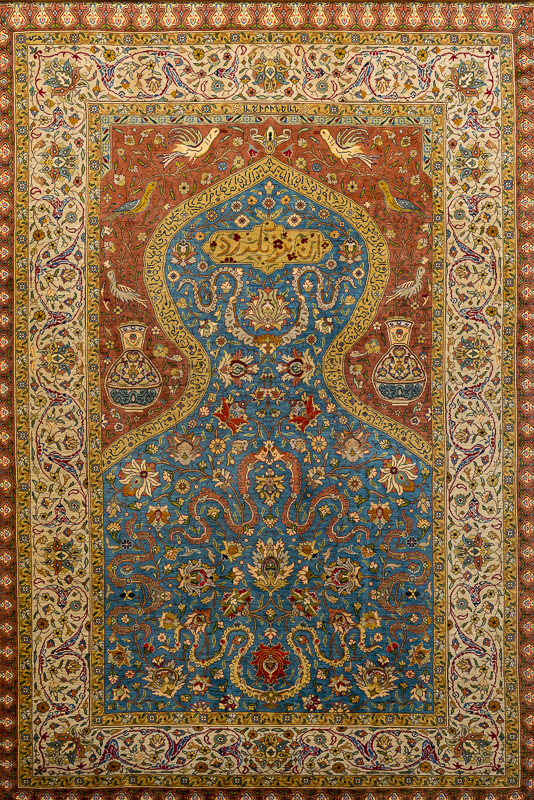
The crops below are unprocessed except for color temperature correction. Here are the F2.8 center crops: Leica, Voigtlander, then Zeiss. Note that the Zeiss and Voigtlander have the advantage of being one stop down from wide open while the Leica is wide open:
-

Leica F2.8 -

Voigtlander 65/2 F2.8 -

Zeiss Loxia F2.8
Here are the F5.6 crops:
-
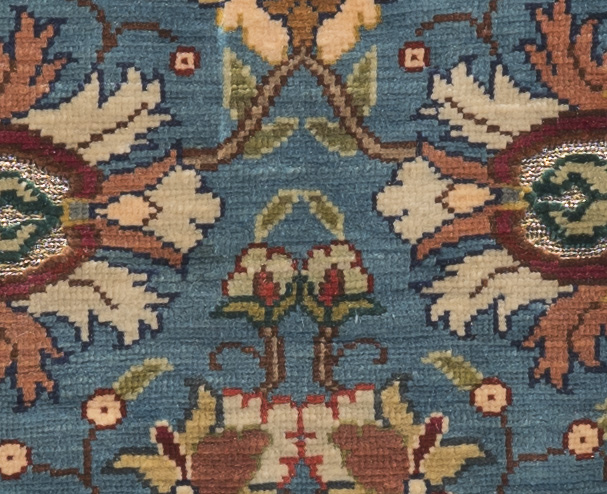
Leica F5.6 -

Voigtlander F5.6 -

Zeiss Loxia F5.6
At F 2.8, all lenses do very well in the center. To my eyes at center, the Voigtlander, which is perhaps the finest optic available for FE mount, has a slight advantage and then to me the Leica and Zeiss are too close to call in the center. All are very good indeed at F2.8 and F5.6 on center in terms of detail. The Leica images are slightly brighter than the Zeiss and Voigtlander for some reason despite identical exposure settings. The lenses all do a splendid job here with individual stitches clearly visible and even the metal threads are clearly resolved.
The lower left midfield crops are next:
Lower left midfield crops F2.8:
-

Leica F2.8 -

Voigtlander F2.8 -

Zeiss Loxia F2.8
Same at F5.6:
-

Leica F5.6 -

Voigtlander F5.6 -

Zeiss Loxia F5.6
The Lower left midfield crops tell us that away from center, the Loxia at F2.8 is behind the other two lenses. The image is less clear and it is clearly in last place. The Voigtlander is the clearest of the three with the Leica in second. At F5.6, all three do very well with perhaps the Voigtlander still appearing to have the most detail and with the other two being very close with the edge perhaps to the Leica but all three have more than acceptable resolution.
Finally, the upper right corner crops at F2.8:
-

Leica F2.8 -

Voigtlander F2.8 -

Zeiss Loxia F2.8
And again at F5.6:
-

Leica F5.6 -

Voigtlander F5.6 -

Zeiss Loxia F5.6
At F2.8 in the corner crops the weakness of the Loxia is even more evident. Some of this may be caused by field curvature. The Loxia is a fine optic, but needs stopping down until F5.6 or smaller before it is sharp into the corners. The Voigtlander is the class of the group at F2.8 in the corner though the Leica does very well. At F5.6, the Loxia still lags in resolution and contrast but only slightly and the Voigtlander still leads. The Leica is slightly behind the Voigtlander.
Finally, just to see how small the differences really are, here is the Leica and Voigtlander upper right corner processed with the same sharpening, and identical Lightroom settings aside from color temperature, the individual lens profiles, and exposure (I tried here to get the exposure closer). Qualitatively there is not much between them and both would be more than acceptable making a large print. The Voigtlander has crunchier rendering befitting a modern macro lens, while the Leica is has a gentler rendering style and resolves only slightly less detail.
This is a remarkable result for a compact 20 year old 180mm lens at short range against a class leading modern macro lens. All in all, I was surprised by how well the Leica did against a brand new “no holds barred” modern macro lens like the Voigtlander 65mm (which shares the same 67mm filter thread as the 180mm Leica). The Leica clearly bests the Zeiss Loxia 50 in this test (especially at larger apertures) which, while based upon an older design, is still a well regarded current Sony mount optic.
Flare resistance
Flare resistance of the Leica lens very good. Telephoto lenses in general are poor compared to wide angle lenses at coping with veiling flare. The sun in the frame is much larger at 180mm than at 21mm after all. In my photography, having the sun in the frame is not terribly common at 180mm. Here is an example where I took a whole series of shots as the sun was setting with the sun going in and out of the clouds. Perhaps the worst frame for veiling flare is this one and is still quite acceptable to my eyes.
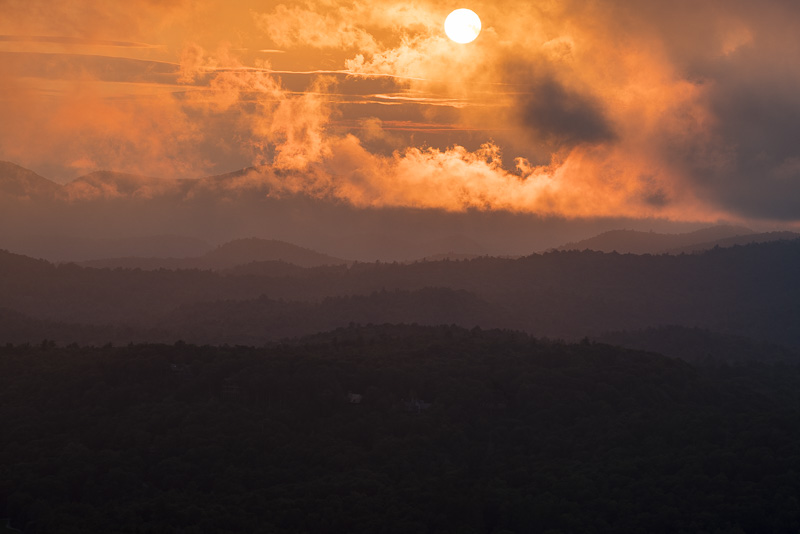
I attempted to torture test the lens, by shooting a series of shots on a clear day with the sun adjacent to a distant building. You will note some veiling flare and ghosting appears as well. Curiously, the flare seems worse as I stop down and at F11 and F16, there are some ugly vertical lines that appear. Since I usually shoot this lens from F2.8 to F5.6 (and then uncommonly with the sun in the frame), it is not something I have ever encountered, but the lens will flare if you try to make it:
Even in the above images, most of the frame retains good detail. I have never encountered ghosting in any of my images before testing for this review.
Vignetting
With under a stop vignetting is modest at F2.8 and is gone by F5.6.
Distortion
Distortion is limited and per the supplied tables in the lens brochure about 1% at the outside edge of the image circle. There is a Lightroom profile for the lens to correct the distortion should it affect a photograph.
Performance at landscape distances
This lens is a superb choice for landscape use. It produces images capable of printing large right from wide open.
Here is an example of landscape use (at Yosemite National Park—the famous “Horsetail Falls” on El Capitan. Note the excellent detail far from center in the 100% crop of the trees on top of El Capitan. This is remarkable performance to me given the great distance (about a mile away) and fading light at sunset. This image was likely at F2.8.
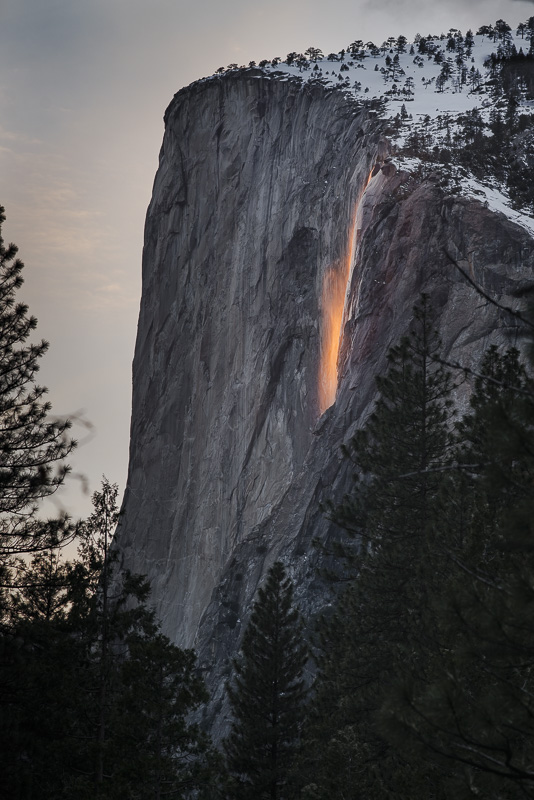

Performance at shorter distances
One of the advantages of the 180/2.8 apo over the previous iteration of Leica 180mm (the 180/3.4 apo) is that the lens has a floating element and thus is much better corrected at short range The older 180/3.4 apo was optimized for infinity.
Performance at MFD
Here is a dollar bill test (unsharpened, unprocessed). With the naked lens, this is how big I could get a $100 note:
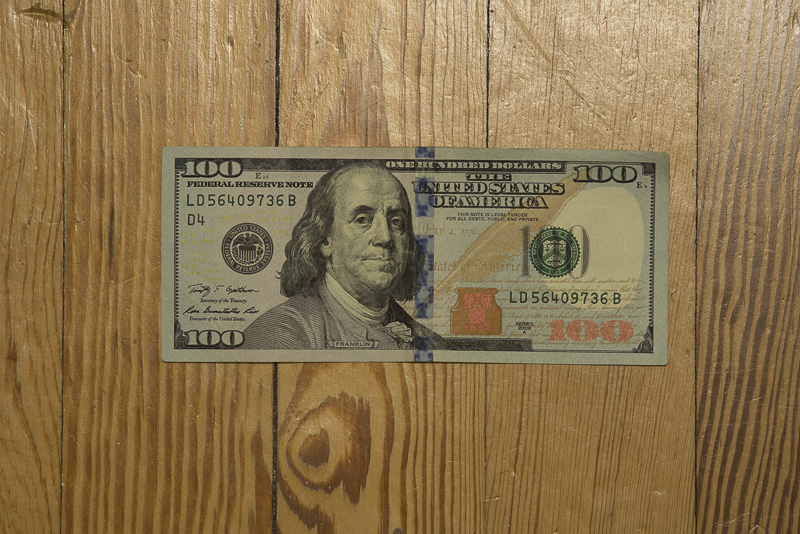
Here is a comparison of 100% crops at MFD:
-

-

F4 -

F5.6
F4 and F5.6 offer small but noticeable improvement over F2.8. F4 seems optimal.
With the 1.4x APO extender it looks like this:
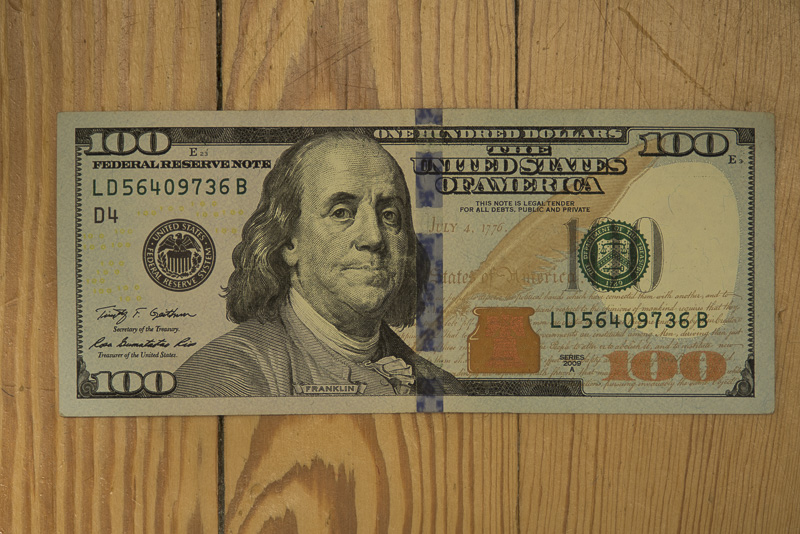
Same crop comparison but now F5.6 seems optimal.
-

F2.8 (F4 effective) -

F4 (F5.6 effective) -

F5.6 (F8 effective)
Finally, with the 2x Leica APO extender:
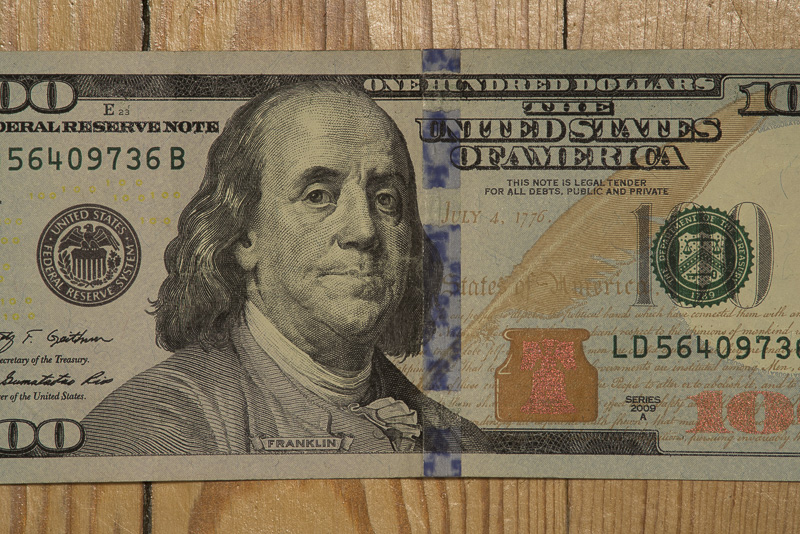
Crop comparison with 2x, F5.6 definitely best:
-

F2.8 (F5.6 effective) -

F4 (F8 effective) -

F5.6 (F11 effective)
The quality with the extenders is very good to excellent but one is well served to stop down 1-2 stops (especially with the 2x) for optimal results. No additional improvement occurs stopping down beyond F5.6.
To give another example of MFD, here is a flower pic with the naked lens, then with extenders:
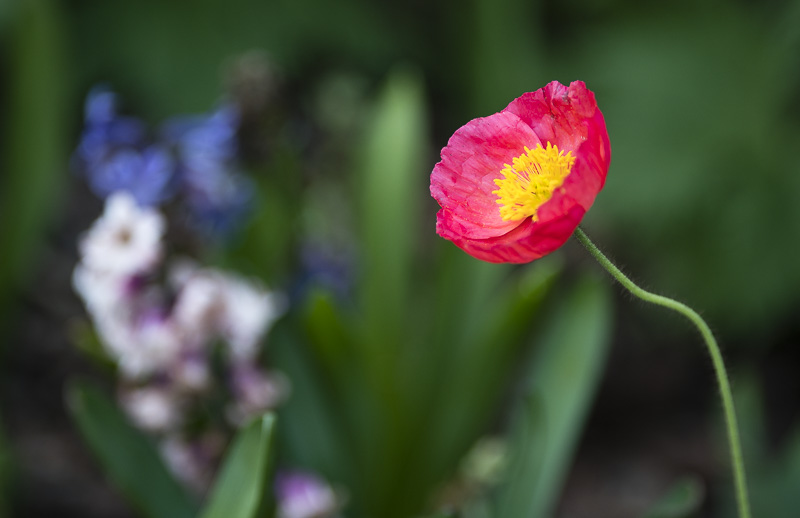

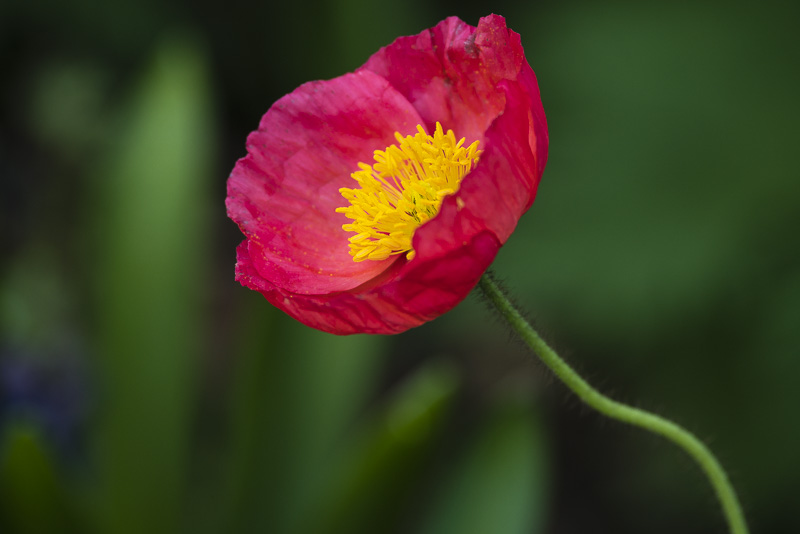
Perhaps not an ideal flower lens due to 1.5 Meter MFD, but it will work in a pinch with attractive rendering.
Travel Use:
Indeed, it has been a favorite travel lens for me due to its fine quality and relatively small size. Here is a detail from the famous mosaic ceiling of the Baptistry in Florence, Italy. Note the fine detail present in the 100% crop:
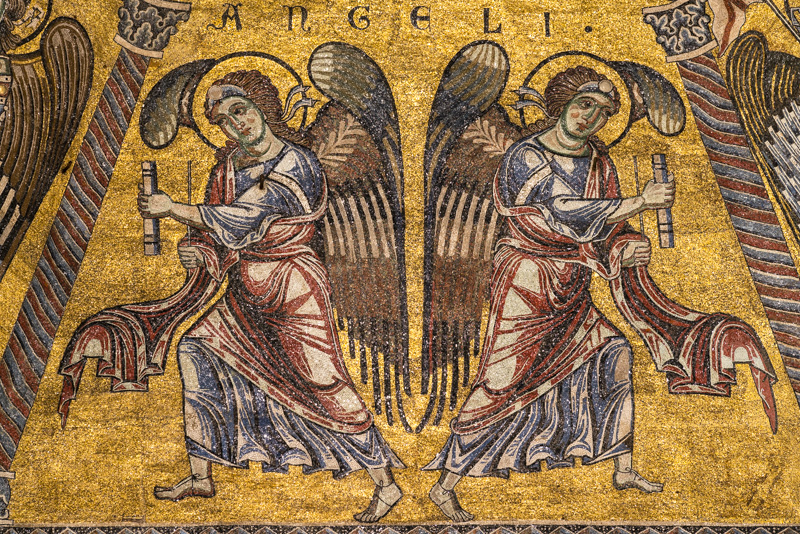
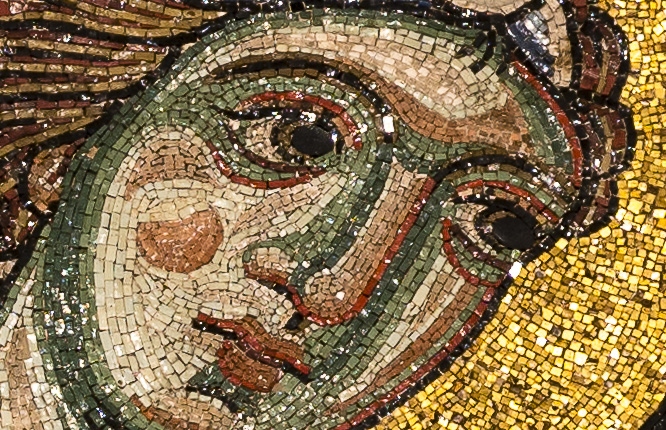
Portrait Use
For portraiture, the lens is quite able:
Here are two portraits—the first at F2.8, the second at F4. Note the pleasing rendering including out of focus disks that are largely round and soft (no onion rings), pleasing compression of the 180mm focal length and excellent color.
Bokeh
Bokeh is pleasing with this lens. The out of focus highlights are generally round with some minor cat-eyes but no onion rings. The OOF shapes are not distracting and show no CA in nearly all pictures. Here is an example of the shape of out of focus highlights at F2.8 to F8. Note that the sun was near the frame and the F2.8 image shows loss of contrast due to veiling flare. The highlights become octagonal as one stops down but it is barely noticeable due to the curved aperture blades:




“Ninja Star” bokeh
Wayne Seltzer is a photographer who has the early variant (11273) of this lens. He was kind enough to shoot some pictures demonstrating how the out of focus highlights look with his lens. Here are his pictures cropped to highlight the disk:

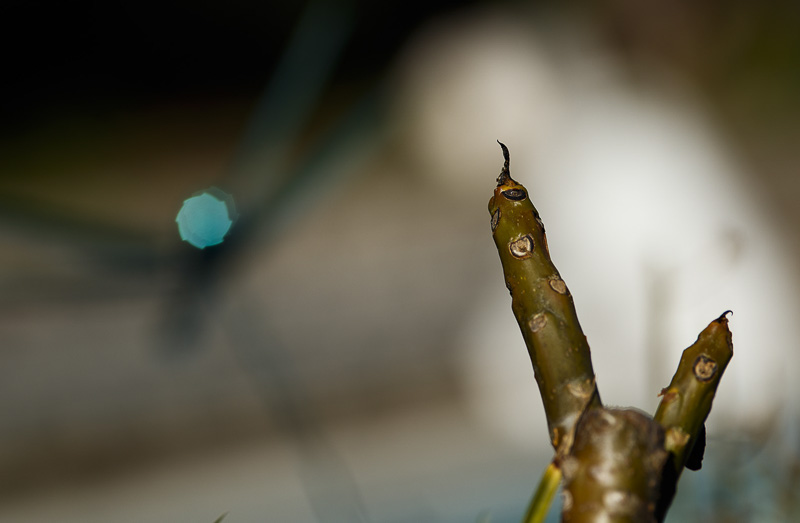


As you can see, the early variant of the lens does have a different OOF highlight characteristic. It is perfectly round wide open. The ninja star bokeh can appear at F4 to F5.6 By F8, it is essentially the same as the later variant. It is a characteristic that may be less than ideal, but is easily avoided in most circumstances.
Middle Distance Bokeh
Here is a full body portrait of my friend Lucas and his dog, Rudy. The Leica provides mid distance bokeh that is not distracting to my eye.
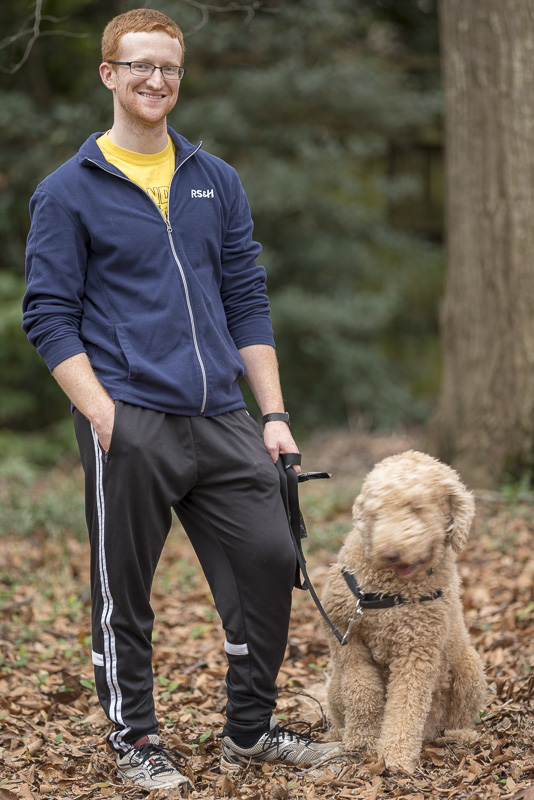

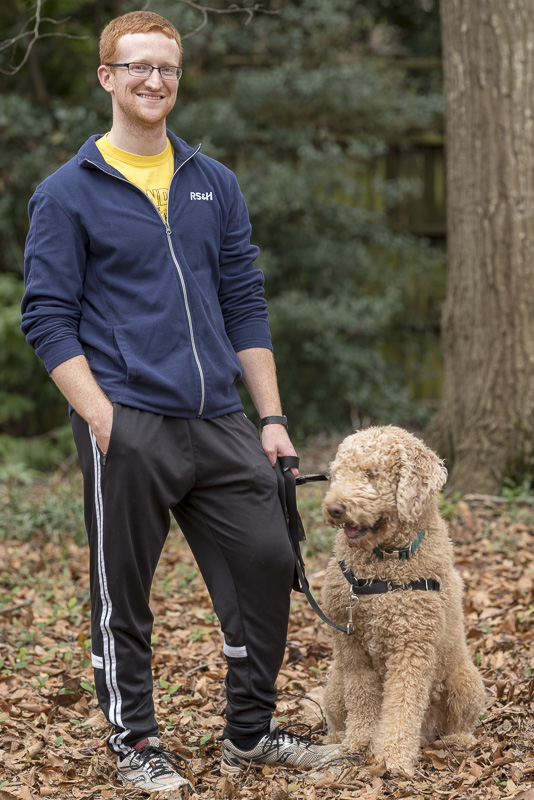

Sunstars
Sun stars are typically not very well defined at larger apertures as the aperture blades are curved rather than straight.
The sun stars with point light sources start to become noticeable in images around F5.6 or F8 but really take until F11 or F16 to become prominent. Here is a cityscape at F22 to give an idea of what you will see at small apertures with a 100% crop below.
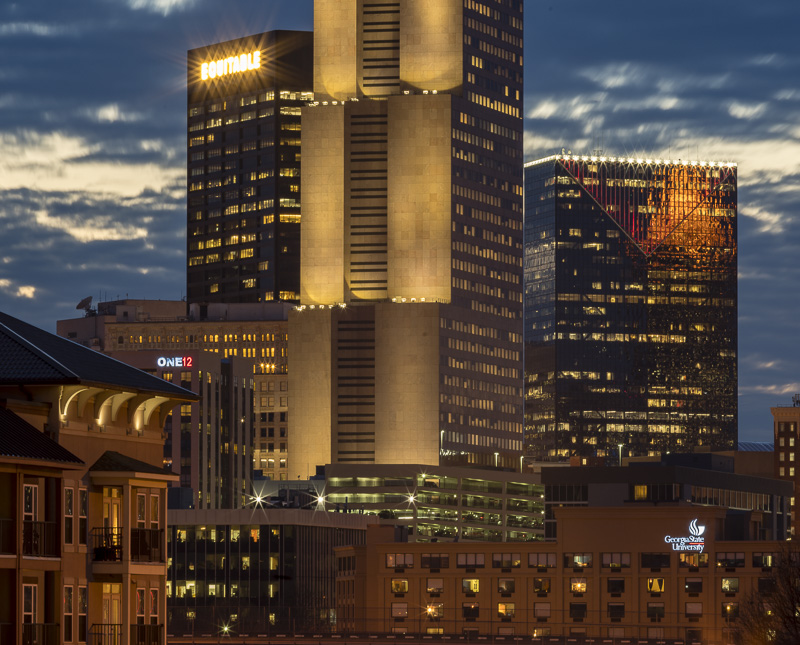
F22
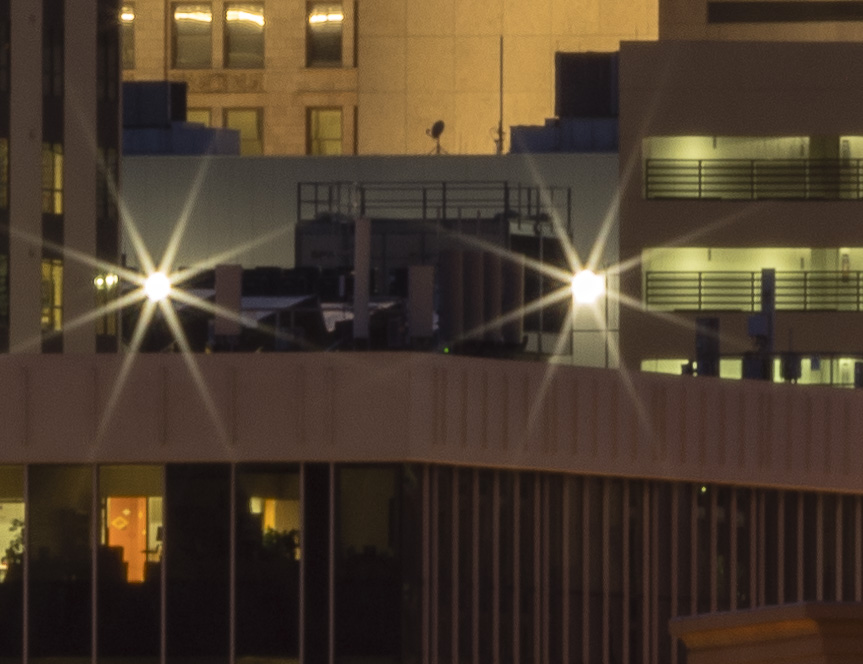
CA Correction
Leica’s lens is labeled as an “APO” lens. There is no agreed upon definition for the apochromatic label, however, the lens has little CA in my experience in practical shooting. One occasionally encounters LCA in high contrast images–trees against snow or sky on the edges of the image or on out of focus reflections on metal objects (see below). If one tries, one can certainly provoke CA. Below is a torture test that I learned from Phillip —a backlit fountain. In this image, one can indeed see CA at larger apertures. There is some purple fringing induced that does not disappear until F8.




I shot the same fountain with the best corrected lens I own, the Voigtlander 65/2 apo-lanthar and it too shows CA in this torture test. The light was fading, however, the CV is better in this test being free from PF a stop sooner than the Leica:




Still, one can take pictures of metal objects with the likelihood that CA will not ruin the image. For example, I find virtually none in this image:
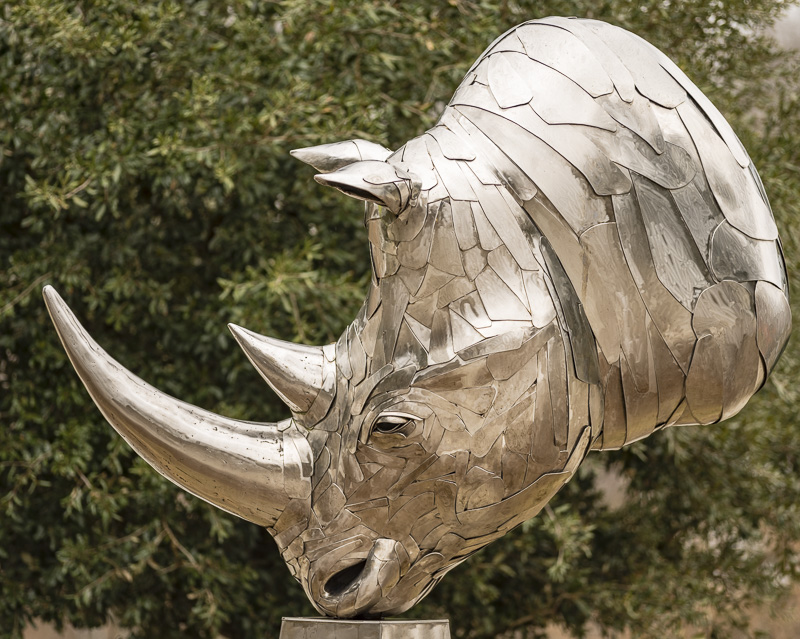
In shooting tests for this article, I became more aware that CA can creep into images with this lens. Here is another couple of “torture test” scenarios. First is a picture of tree branches against a cloudy sky:
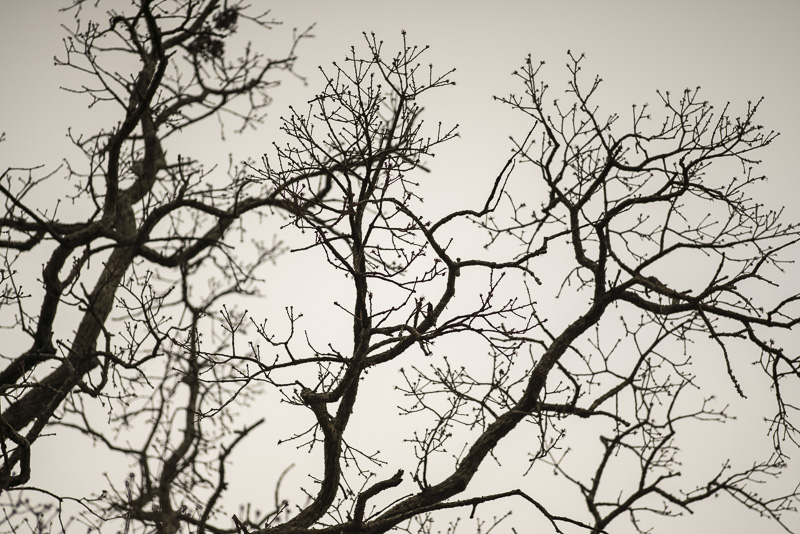
The 100% crop from the extreme lower left corner reveals some LCA (purple and green fringing in thebranches) in OOF areas. This diminishes as one stops down and is easily curable in post:
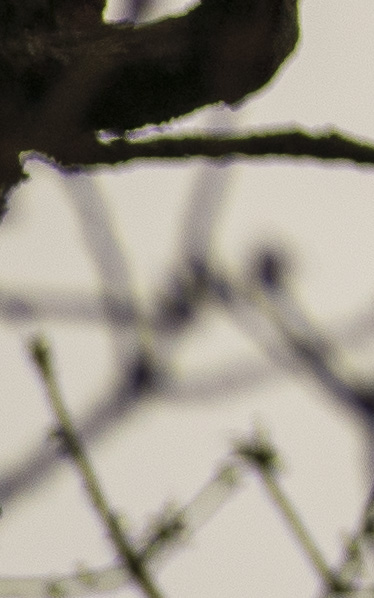
Another example here is a picture of the front of a car:
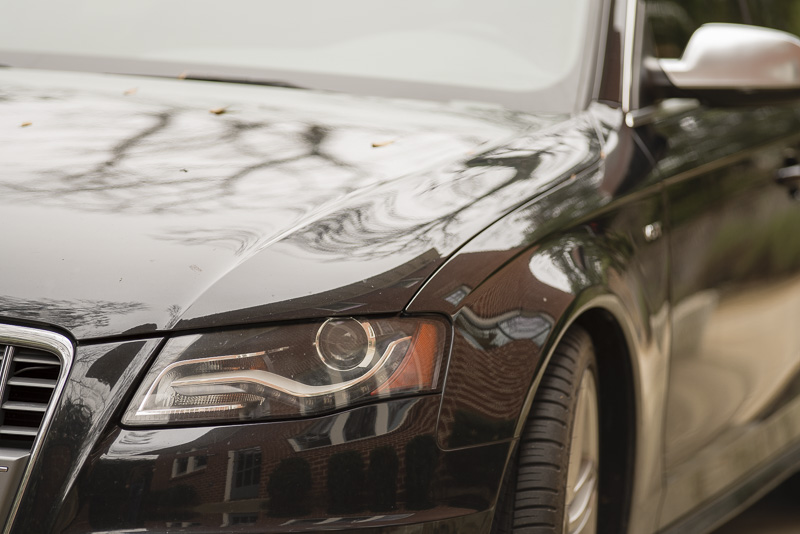
Two crops (one just in font of the plane of focus, one considerably behind) reveal the CA present in this image, first at wide open and then at F8:
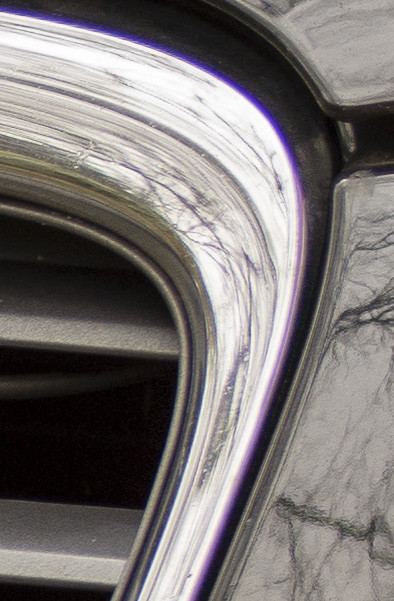
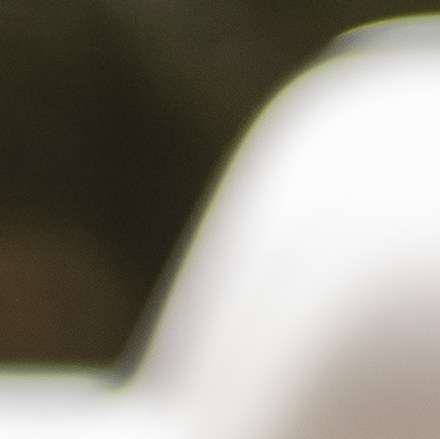
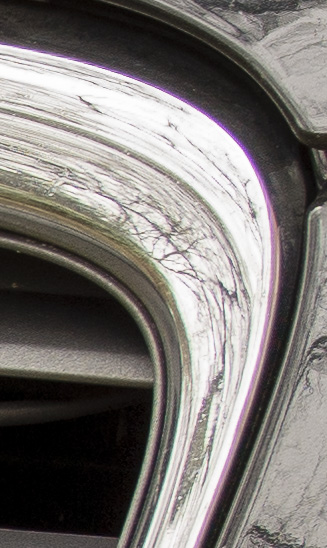
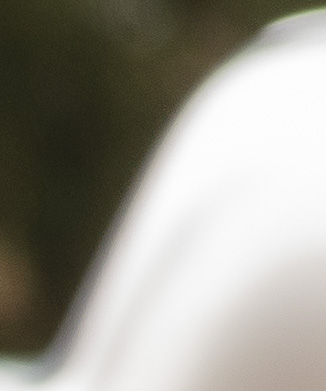
Comparing to the Voigtlander 65/2 apo:
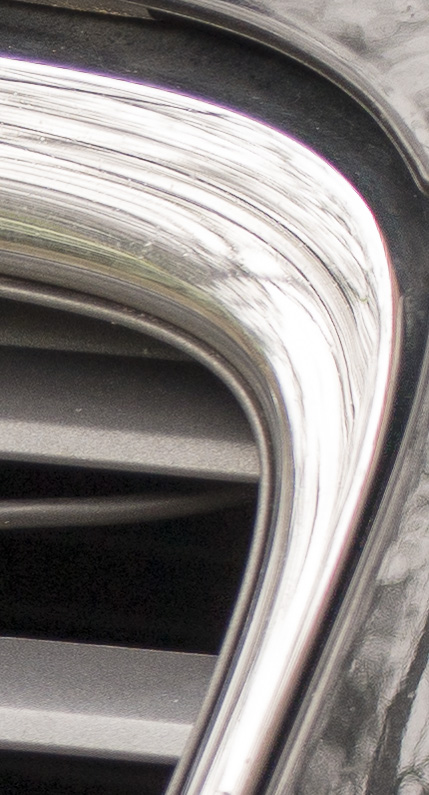
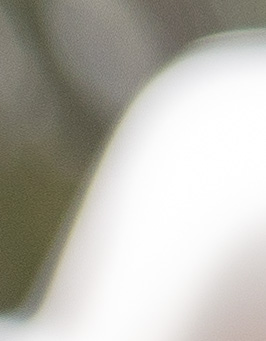
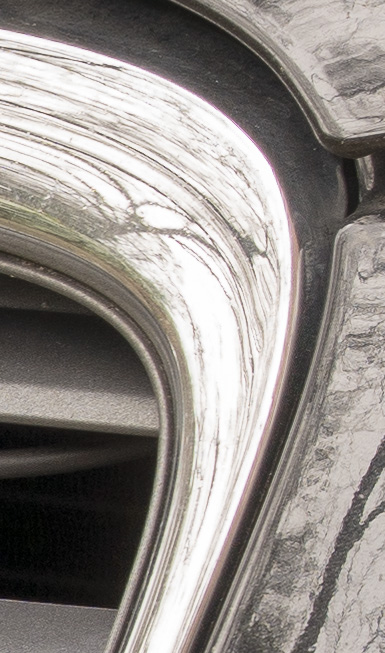
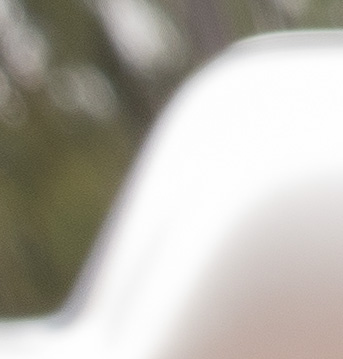
The comparison to the CV 65 apo-lanthar reveal that while both lenses exhibit some CA in these challenging circumstances, the older Leica design exhibits more pronounced CA than the newer Voigtlander lens. While in my experience the Leica is still a better than average lens in terms of correction even today, and is obviously better than say the Zeiss 100-300 as seen in the cityscape examples above, it is not at the level of the best modern glass like the Voigtlander 65, Zeiss Otus, and the like.
Conclusion
pros
|
average
|
cons
|
Sharpness, contrast, and color are excellent, distortion is minimal, flare resistance is very good, bokeh is pleasing, handling is a joy (if a bit heavy), build quality is first rate with a very convenient built in sliding hood, and the lens is quite compact for its focal length and speed. In sum, it is one of the finest, most versatile lenses I know. Despite its weight, I take it on trips as it is invaluable for architectural details, compressed landscapes, and the like. It is easy to hand hold, takes extenders and retains excellent performance with them.
Negatives? Very few. It is heavy for its size , it is only available on the used market and very expensive (later variant: very very expensive). It is a manual focus lens and it is less than ideal for macro/quasi macro work as its magnification is only 1:7 at MFD. Early variant may have some ninja star bokeh in OOF highlights stopped down. There is no built in tripod collar.
The short range comparison with the extraordinary Voigtlander 65/2 apo shows that there is likely some room for improvement. Having said this, I am unaware of a lens of the same focal length where the Leica R 180/2.8 apo is bettered. I have read that the Sigma 180/2.8 macro is its equal at close range, but not at distance. Given the economics of lens sales, it is questionable whether we will see a “no holds barred” optic at this focal length anytime soon. If we do, it is sure to be quite a bit larger than this very fine lens.
Affiliate link
Alternatives
What lenses might one choose at or near this focal length instead of the Leica R 180/2.8 apo?
- Sigma 180/2.8 apo macro is a logical choice. The lens is reputed to be excellent optically–fully the equal of the Leica at short range but is reported to be somewhat less good at distance. It has the advantage of being a 1:1 macro lens and is relatively inexpensive new or used. The chief drawback is its very large size and weight (86mm filter thread, 1.63 kilo). If one is willing to carry a beast of a lens at this focal length, and especially if close range is a priority, then the Sigma may be a good alternative.
- Voigtlander 180/4 apo: See Bastian’s fine review of this lens. The Voigtlander is also rare and somewhat expensive, has a closer minimum focusing distance, is smaller, lighter, and well corrected. Criticisms of the Voigtlander are the slower maximum aperture, greater difficulty in focusing accurately–especially at infinity, and somewhat weaker infinity performance than at close range.
- Canon EF 200/2.8 II: See David’s helpful review of this lens. I have no experience with this lens but from David’s review it seems to be a good and economical choice. It is slightly wider and longer while being a little lighter than the Leica.
- Sony or Canon 70-200/4, 70-200/2.8, or 100-400 lenses: The available zooms have the chief advantage of zooms–other focal lengths available and they have autofocus capability. However, the disadvantages are sharpness away from center, more worry about sample variation, larger size, and (mostly) smaller maximum apertures.
- Leica R 180/2 apo: Reputed to be a great lens that is a full stop faster. However, it is nearly three times the weight and per its MTF charts is slightly less sharp than the 180/2.8 apo. Unless one really needs the speed, it seems an impractical choice due to its size and weight.
- Leica R 180/3.4 apo: This lens is an older design than the 180/2.8 apo. It was optimized for infinity and is very sharp at infinity. According to Erwin Puts it is inferior to the 180/2.8 apo at infinity at F2.8-4 but at F5.6 and smaller, it is the equal of the 180/2.8 apo at infinity. However, its lack of a floating element makes its performance suffer somewhat at closer distances and the 180/2.8 apo is superior at close range at all apertures. It is smaller, lighter, and cheaper so if stopped down infinity landscapes are the primary purpose, it is an excellent option.
More Sample Images


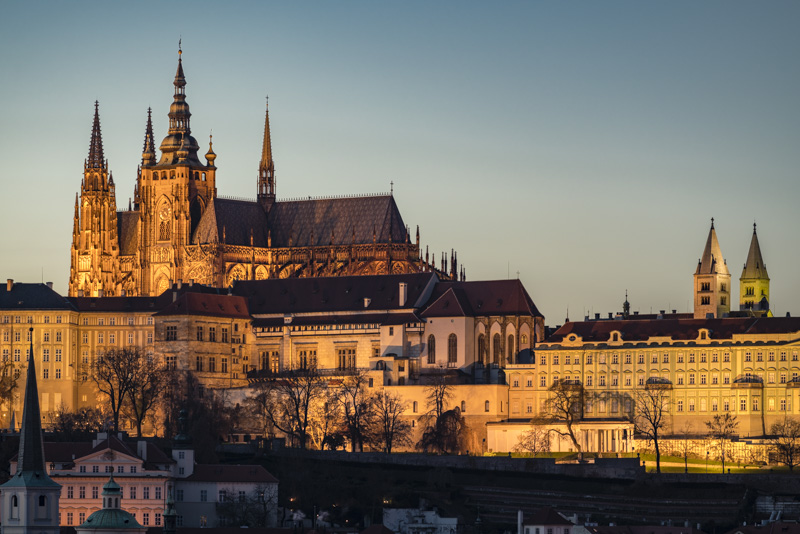
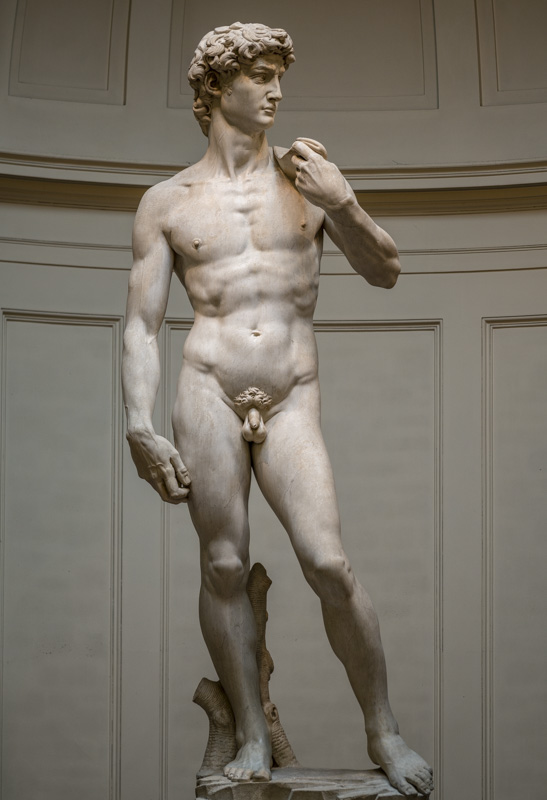

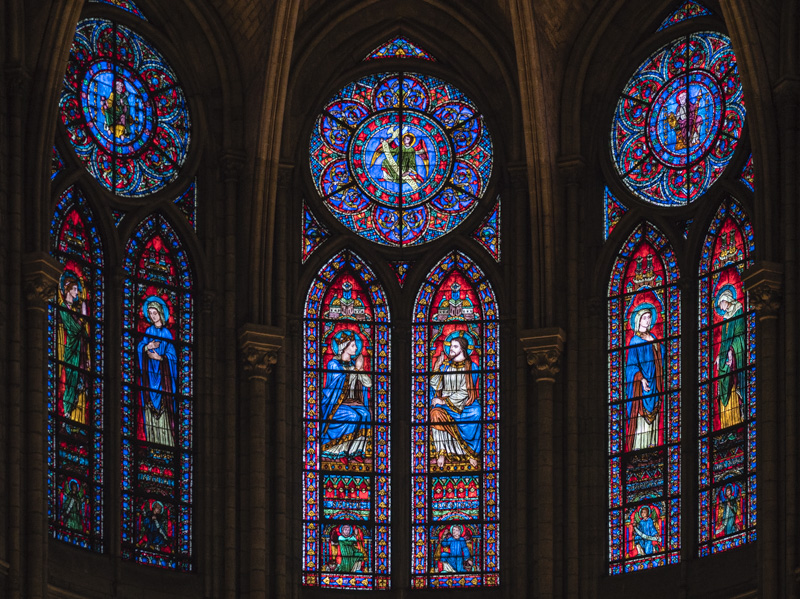
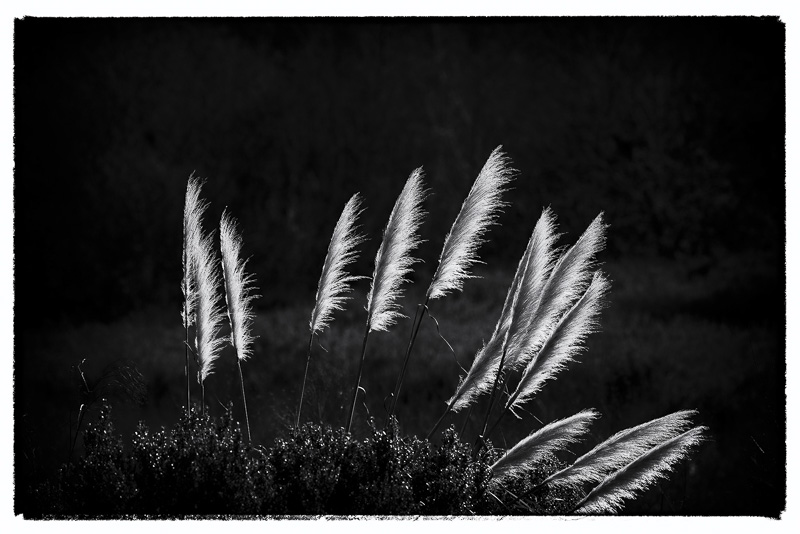
Related Articles
- Review: Olympus 180mm 2.0 OM Zuiko Auto-T
- 180mm/200mm Prime Comparison
- Review: Sony FE 4/70-200 G OSS
This site contains affiliate links. If you make a purchase using any of the links marked as affiliate links, I may receive a small commission at no additional cost to you. This helps support the creation of future content.
Latest posts by Stephen Ozcomert (see all)
- Review: Sony FE 100 f/2.8 STF GM OSS Lens - May 24, 2018
- Review: Leica APO-Elmarit-R 2.8/180 - March 4, 2018

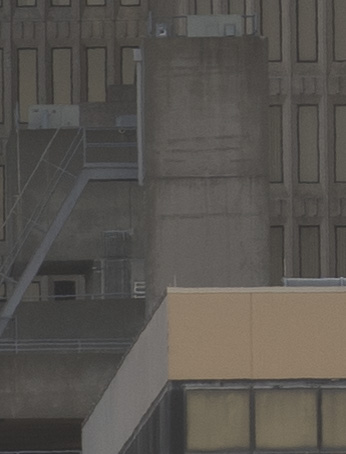
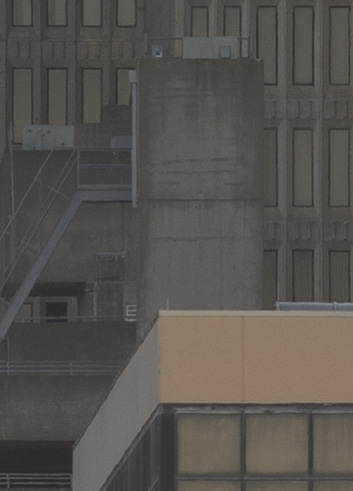

















Hi Stephen,
Thank you very much for the great and detailed Report !
A few weeks ago I bought a very good Leica APO R 180/3.4 for 500 euros for my Sony A7 Rii.
How would you compare it to your tested Leica APO R 180/2.8?
Greetings Jochen
Hi Jochen. This is an excellent question. I will update the review to include the 180/3.4 apo in the alternatives section. I have never owned the 180/3.4, however, reading Erwin Puts on the subject, he says that at infinity, the 180/2.8 apo is better at F2.8-F4. At F5.6 and smaller, the lenses are equal at infinity. The weakness in the 180/3.4 is that it was not equipped with a floating element and was optimized for infinity and thus is weakest at its minimum focusing distance. Since you own the lens, you will be able to tell how much of a difference there is. At close range, the 180/2.8 will likely be superior at all apertures. If your use of the lens is primarily at infinity, the 180/3.4 stopped down to F5.6 it will be a terrific lens for your purposes. It is also smaller, lighter, and much less expensive. By the way, sounds like you got a very good deal!
Thanks for a great article ! Those of us on a tighter budget might consider a Contax Zeiss 180mm f/2.8 Sonnar. Mine exhibits great color, contrast, and reasonable size (72mm filter thread). I can only compare sharpness to my Contax 85 1.4 Planar, with both at 2.8 the 85 wins big. After that the 180 improves rapidly, with the “sweet spot” at 5.6. Texture in stone & veins in leaves at twenty paces, this is sharpness a plenty. F/4 is my portrait stop. Excellent copies can be found for far less than half the cost of the Leica.
The Leica 180/3.4 Apo is exceptional already at f/3.4, I doubt that any lens, including the Leica R 180/2.8 Apo, is better at infinity at that aperture. Except for vignetting: it is sensible up to f/4.8. Didn’t test it at close range yet.
Simon: I’ve read that the lens you refer to was developed by Leitz for the US Navy, to their exacting specifications to be used on the Leicaflex SL cameras. I’ve got the 180mm f2.8 Elmarit R version 1 and although a heavy lens, it’s brilliant tripod mounted at village cricket matches. I can capture the ball mid-flight before the batsman whacks it into the duck pond.
Awesome review—thanks 🙂
Under the “alternatives” section you don’t have the Minolta 200 2.8. Seems like it belongs.
Thanks again,
Nehemiah
I don’t have personal knowledge of the Minolta 200/2.8, but of course you are correct that it is of similar focal length and aperture. You may want to read Phillip’s review of the lens. From the review, it seems a fine optic with less than ideal focusing characteristics: https://phillipreeve.net/blog/review-minolta-af-apo-tele-200mm-12-8/ Looking at the sample photographs Phillip provided, I do see more CA in the out of focus disks than I see with the Leica 180/2.8 apo. While I cannot comment on sharpness without running a comparison, it does seem that the Minolta may not be as well corrected.
I’ve owned the Mino 200 2.8 several times since the a900 days, so I am very familiar. It’s fantastic, even on 42mp full frame. MF is too fidgety. And you’re correct—very loose use of the terms APO by Minolta comparatively. But sharpbess, color and bokeh are outstanding, images are terrific. I was just putting it out there for other unfamiliar readers as it’s a viable alternative in the same class.
Thanks again for the review 🙂
Nice review! I own the Nikkor ED 180 AIS MF and Sigma EX 180mm f3.5 APO, both are great as well. I once read a comparision between the Canon 200 f2.8 L , AF IF Nikkor180 f2.8 ED and the old MF Pentax A* ED 180mm f2.8 ( 6 lenses in 6 groups and 2 ED elements, weight 980 gram ) The Pentax was the best of the bunch and even perfect wide open for Astrophotography… I have to stop down my Nikkor to F3.5 to obtain coma-less performance. ( 5 lenses one ED element)
Nice Galen Rowell shot btw. Bjorn Vink
Thanks for the comment. There are indeed a number of good medium format lenses at this focal length. I know them only reputation. They tend to be larger of course due to the larger image circle of MF. As for your kind comment on the “Galen Rowell” shot, this one is more like the angle of Rowell’s famouns horsetail falls shot, I think: http://www.pbase.com/luvwine/image/162863424
Talking about medium format lenses, I have also heard great things about the Mamiya 200mm f/2.8 APO lens, which is also quite popular for astrophotography. I’ve mentioned a few resources on the lens in my comment on another thread [0].
[0] https://phillipreeve.net/blog/review-minolta-af-apo-tele-200mm-12-8/#comment-69673
Any way you could add some more info about this Pentax A* ED 180mm f2.8? I can’t seem to find and information on it, and would love to see one!
Cheers,
Alden
El Capitan is one of the most photographed places in the US, and you have one of the best shots I’ve seen of it. Nice review as well, of a lust-worthy medium tell.
Thank you very much for your kind words. I was lucky to be at Yosemite at the right time for Horsetail. Also, glad you liked the review!
I found this review very informative. Unhappily for traditional Leicaflex owners like me, the introduction of Chinese made adapters means prices are rising on legacy glass. Of the latter, the build quality of the Leica R lenses, at a cost in weight, is simply astounding. I never got into digital and have used an M3 outfit for over 10 years. I got curious about the three Leicaflex models and picked up an SL body very cheap as the meter does not work. Amazing camera and would satisfy anyone into minimalism. So, I’ve started buying lenses for it and another I bought this year with a working meter. Bargains are few and far between and I know why – damn Chinese!
Hi everybody,how the apo 2.8 version compare to the non Apo leica-r? Many thanx
Many thanks for this review, Stephen. I just discovered it through the blog’s post looking back on 2018.
I have been looking for a reasonably priced 180-200mm prime, while CV makes up its mind about releasing a medium tele for E-mount.
I had this beautiful lens, the Zeiss Apo Sonnar 200mm f/2 and the Voigtländer Apo Lanthar 180mm f/4 in mind, but all come with high price tags on e-bay.
The Zeiss Contax Vario Sonnar 100-300mm f/4.5-5.6, which appears in the size comparison picture, was not on my radar. There’s little information on it online, although the Zeiss pdf broshure I found, shows promising data.
I was wondering if you might consider a review of that lense in the future, or perhaps share a few impressions on it, as it is more affodable than the above mentioned. I take for granted the size comparison picture is yours, so forgive me if I made the wrong assumption.
Happy new year!
Camilo
Thank you for your kind comments. Your inquiry is timely as I have been chatting with Phillip about some more reviews and the 100-300 is one of the lenses I will be looking at. If you want a smallish manual focus zoom, a good copy of the C/Y 100-300 is hard to beat. The issue is that there are many copies of this lens that have an issue with element separation that results in hazy images and thus, one needs to be careful about from whom one is buying and be sure to have ethe option of returns as descriptions on EBay are not always reliable. That being said, it is a very fine lens with excellent contrast. It is, of course, much slower then the Leica R 180/2.8, but if one is is okay with that limitation, it is an excellent choice—particularly for landscape. More later. Another option is the very fine Sony GM 100-400 which has fewer risks of getting a defective copy. These are lenses (along with another Leica R lens) that I hope to be reviewing in the nearish future.
Hi stephen,
Thanks a million for your kind reply. It’s nice to know you will be sharing a review of this lens in the near future, and also to know about the other projects in store. Interesting selection of lenses, indeed.
As I mentioned, I have only found isolated comments and assessments, but not an exhaustive review on the 100-300 Contax tele zoom.
So far, the only major considerations I have found to be mentioned are the haze you mentioned and zoom creeping, due to usage and the weight of the lens. Fungus could of course also be an issue, but is not mentioned as an issue by comments or resellers. I will definitely consider return policy in this respect.
At the moment, I think the Contax offers a more affordable option than the used 180-200mm CV and Zeiss teles, and perhaps the release of a 180mm CV for E-mount isn’t that far away. Who knows, maybe CV even has a 125mm Apo Lanthar – or similar focal length – in store as well. One can only hope.
The questions I would have, are regarding the versions of this lens – – although the ones I have found listed are the MM version – and also with regards to the optimal adapter for E-mount. I wonder if you have experienced zoom creeping with your copy, and how common this is to be expected, due to the age of the copies on sale.
Again, many thanks fir your kind reply, and the very best wishes for 2019.
Cheers!
Hi again Stephen,
I realized I overlooked an obvious lens option for 180mm: the Leica elmarit 180mm f/2.8 Cam 3, which is the immediate predecessor of the Apo elmarit.
I wonder if you have any experience with it, and whether the performance of the Apo elmarit represents a significant improvement over the Cam 3?
Cheers!
Congratulations for this really excellent research and review – best I have ever seen! Included all available infos. Big respect and Thumbs up.
Hi
You commented on the Techart in combination with Leica R. I am currently thinking of the E55 version of the Summilux R 50 for its gentle look in portraits (considering the new Nokton 50/1.2 and the Zeiss 50/1.4 as well). Do you have experience with the Techart pro in combination with Leica R and RtoM adapters and maybe with the Summilux 50R?
Thank you
Peter
Thank you for this excellent & helpful article. I am a newcomer to serious photography. Thanks to advice from a colleague and a wealth of online reviewer articles (such as this), I have steadily acquired (since late 2019) a kit of lenses for landscape, astro, environment (birds/animals) and nature photography. The lenses are Zeiss’s 15/2.8, 28/2, 50/2 (Makro Planar), Minolta MD Macro 35-70, Voigtlander (V) 90/3.5 SLII and Canon’s EF 135/2 & EF 200/2.8 Mk II (almost all from some site or other at affordable values). These are used with the EOS 5D mark I, a choice I made thanks to a recommendation for its larger pixel pitch and photo site area (versus other 5Ds) besides its affordable for me as a first camera. After many golden hour & nature pics, I feel I also need a manual focus telephoto for better focus at 180mm (or 200-<300) because I feel I have little rooms for optimum focus with the EF 200 f2.8L Mk II USM. I have been comparing the V180 vs CZ 180 (&CZ 200 & CZ300) vs Leica R 180mm etc & CZ 100-300's MTFs as I notice the focus scales of these lenses have more markings between 10m & infinity. Weight related considerations together with the focus scale markings and of course reviewer articles helped me a lot in the past six months and now this article has been so very helpful, thank you.
I’ve owned at one time or another:
-Nikkor 180/2.8 ED
-Voigtländer 4/180 F mount
-Leica 180/3,4 Tele APO
-Leica 180/2,8 Elmarit APO v.1
My brief takes:
– The Nikkor 180/2.8 ED is very, very sharp but CA really pollutes color images. Heavy lens. Best for B&W.
– Voigtländer 4/180 is the smallest here and as listed on the box, “Close Focus”. It seemed to me that’s where it shines. Critical focus at infinity is thrown off by the slightest breath while holding the camera to your face. Perhaps sample variation, but at distances >10 m, I just didn’t find it as compelling or remarkable even stopped-down. Close distances; it was fantastic and great for portraits or fine details of architecture or tapestries.
– Leica 180/3,4 Tele APO has come down in price of late. Originally designed for the US Navy and introduced years later for the public, it is lower contrast and captures shadow detail remarkably, especially at infinity. It is a 50 year-old design and still can stand with the best. Absolutely no issues focusing at infinity and makes a great, relatively lighter landscape telephoto. At <10 m, unremarkable. In many ways, it is the antithesis of the Voigtländer. But like the Voigtländer, a narrower peak performance envelope limits its general use
– Leica 180/2,8 Elmarit APO in many ways extends the brilliant infinity performance of the ƒ/3,4 all the way through to its MFD. Already diffraction-limited at its maximum aperture, it has improved contrast, saturated colors & all you get for stopping down is greater DOF. Remarkable piece of kit with no compromises.
There was a Sigma 180/2.8 OS Macro that was a fantastic lens in its own right, up there with all of the above, but I believe now out of production.
G’day Stephen,really enjoyed reading this thorough review,much appreciated for the time & effort you have taken.
Cheers from ‘down under’ .
I think this lens is in the middle of nowhere and it’s quite expensive. I have a Leica Elmarit-R 180mm f/2.8 and a Leica APO Telyt R 180mm f/3.4 – more weight and less money.
The Leica Elmarit-R 180mm f/2.8 is great lens and it’s difficult to figure out under what condition it gets superceeded by the APO-Elmarit in real life. The APO Telyt R 180mm f/3.4 has its sweet spot at f11. There are not so many use cases for it, but when I travel to Greenwhich/ London to take pics of London’s skyline the APO Telyt R 180mm f/3.4 is my first choice.
Hi Stephen,
thank you for that excellent and informative review of a true dream lens. I don´t own this lens, but I did a comparison between the Angenieux ED 2,8/200, the Minolta af Apo 2.8/200, the Nikon AFS (non VR) 2.8/80-200 @ 200mm and the ultra rare Nikon AIS 2.8/80-200 @ 200mm. None of that lenses is as “perfect” as the Leica Apo Elmarit, revied by you. But they are not too far behind, either. But when I want the maximum quality over the whole field, when the maximum aperture don´t matter I grab the Apo Lanthar 4/180, or the Sigma mf Apo Macro 5.6/180.
But your review really made me dreaming of this Elmarit… 😉
Best regards,
Christian
Hi Stephen,
Thank you so much for your detailed review.
I stumbled upon the Leica APO-Elmarit-R 2.8/180 for $160 in Japan, revisited your blog for confirmation, and made the purchase within 10 minutes.
I’m now using it on my Sony A7R5. I agree that optically, it compares to about 70-80% of modern lenses like the 135GM or Otus, which are significantly more expensive. The focus ring’s deep pattern makes it easy to handle with gloves, and the integrated sunshade is a fantastic feature.
I am thoroughly enjoying this lens in 2024. Thanks again for your invaluable review that guided my decision.